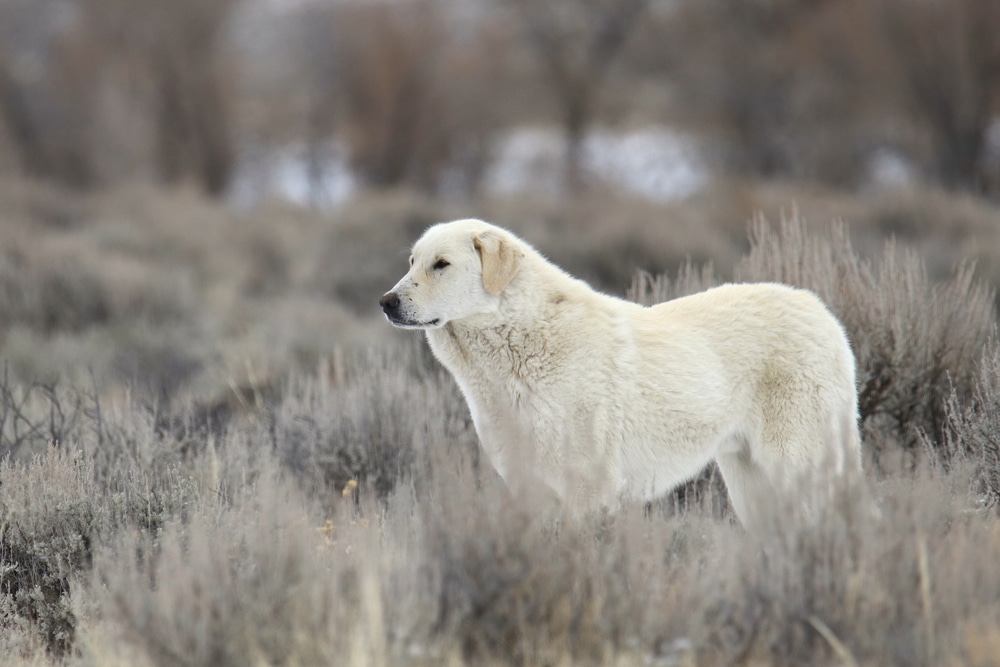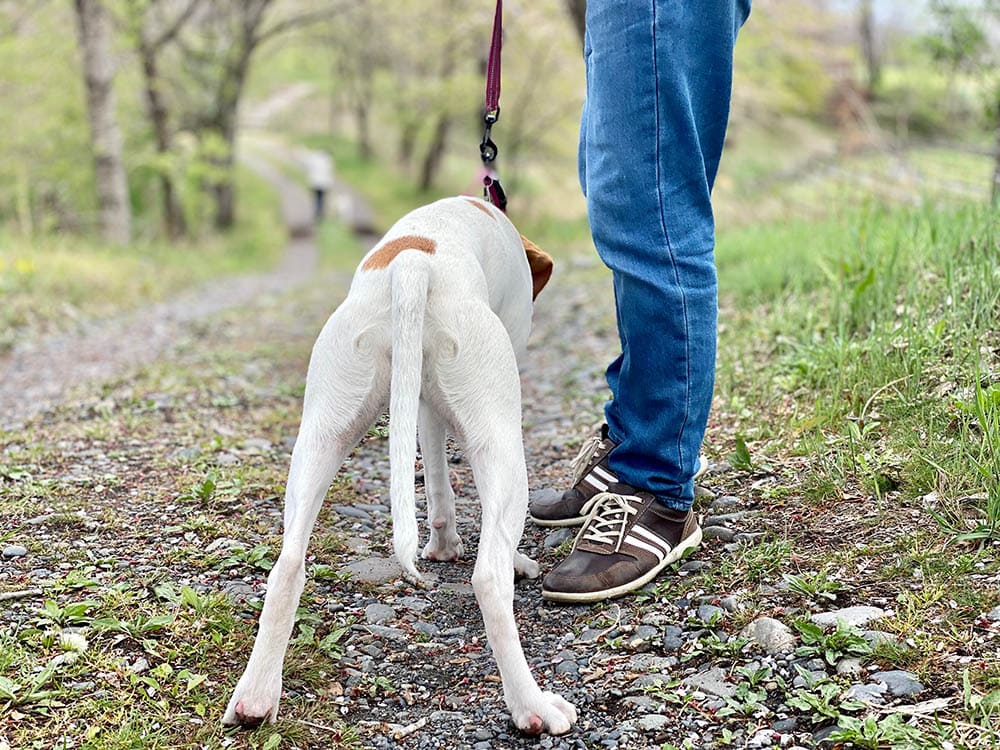Flea and tick protection is a must-have for our furry friends, given the nuisances these pests can bring. But with so many products out there, how do you decide which one to trust? Enter permethrin, a common ingredient in many of these treatments. Before applying it to your dog’s skin, it’s vital to understand what’s safe and what’s not.
Permethrin has been on the shelves for a while now, and it’s known for its effectiveness. Yet, safety remains a top concern for pet owners. So let’s dig deeper into what makes permethrin stand out from the crowd. We’ll uncover its uses, benefits, and potential risks, especially when it comes to our beloved dogs.
Understanding Permethrin
Permethrin is a type of synthetic pyrethroid, commonly derived from chrysanthemum plants. Known for their insecticidal properties, these compounds disrupt nerve pathways in insects, leading to their downfall. While it’s effective in killing pesky pests upon contact, its harmlessness to dogs when applied correctly is key. Yet, caution must prevail, as not all furry companions react the same way.
How Permethrin Is Applied
Permethrin comes in multiple forms, including aerosol sprays, concentrated liquids, and spot-on applications. The dog-specific products like Frontline Shield and Advantix are well-known because they provide a month-long protection against parasites. The mechanics involve the liquid being absorbed through the skin, spreading throughout the body. Different sizes suit different dog weights, but the concentration remains consistent.
For instance, Advantix contains 500 milligrams of permethrin per milliliter. A small dog might get 0.4 milliliters, while a larger canine requires more. This measured approach is critical in ensuring safety and efficacy.
Usage Frequency
Some might think using flea treatments only when pests appear is enough, but it’s a risky strategy. Sporadic use usually means only adults are tackled, leaving eggs and larvae to mature. Manufacturers typically recommend monthly applications to disrupt the entire flea lifecycle.
If periodic usage is your plan, a three-month treatment pattern is suggested to ensure thorough eradication. Misapplication often leads to claims of resistance, but it’s often the users who aren’t hitting the bullseye with the dosage.
Potential Side Effects for Dogs
Most dogs handle permethrin treatments without a hitch. Minor side effects, such as itching or greasy fur, occur in less than one percent of applications. Vomiting or diarrhea is rarer still, affecting 0.1% of cases.
In extraordinary instances, neurological symptoms like tremors have been noted, yet they are transient. There is no antidote for permethrin toxicity, so supportive care is the route taken.
Permethrin and Cats: A Dangerous Mix
Permethrin’s safety for most mammals doesn’t extend to cats, who lack enzymes to break it down. Exposure results in nerve-related issues: twitching, seizures, blindness, and more. It’s imperative to keep treated dogs away from cats for at least 24 hours. A safer choice might be non-permethrin alternatives.
Don’t gamble with your cat’s health—if exposure occurs, immediate cleaning and veterinary advice are crucial steps.
Benefits of Permethrin
One standout feature of permethrin is that it works on contact, preventing fleas from feasting first. This is a godsend for dogs with flea allergies. Moreover, its repellent nature suits regions with insect-transmitted diseases.
Adding to the charm is the simplicity of the application—it’s a set-and-forget method. Yet the treatment’s impact lasts long after the application, making it a reliable ally in pest management. Permethrin’s repellent effect protects dogs traveling to high-risk areas.
Post-Application Instructions
Once applied, these products are typically water-resistant after 24 hours, but hold off on shampoos for two weeks. This allows the treatment to fully integrate into your dog’s system.
Interactions with water before the 24-hour mark might reduce its effectiveness.
Steps to Take If Cats Are Exposed
Permethrin exposure is no joke for felines. Immediate action includes thoroughly washing the affected area and consulting a vet. Ingested product cases are more urgent, necessitating a veterinarian’s intervention quickly.
A safe treatment environment for both cats and dogs requires diligence and quick action.
Expert Insights
Veterinary experts overwhelmingly agree on permethrin’s safety for dogs when instructions are followed. It’s crucial to adhere strictly to guidelines regarding dosing and application frequency.
Consulting with a vet provides added peace of mind and ensures use aligns with your pet’s specific needs.
In the world of pest control, permethrin stands out as both effective and safe for dogs. Appropriate usage promises minimal risk, safeguarding our four-legged pals as they frolic flea-free.










